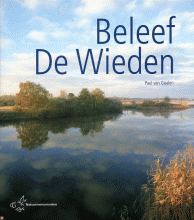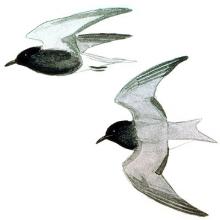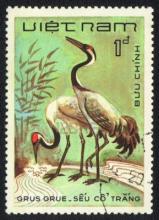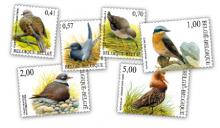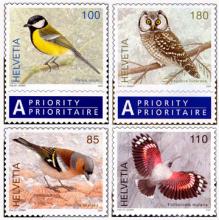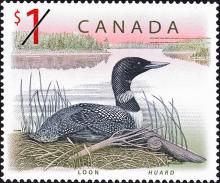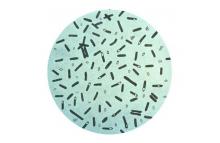
De meldingen over botulisme bij watervogels stapelen zich. Het water van de Jan Gijzenvaart in Haarlem Noord is waarschijnlijk vergiftigd met botulisme. Spaarnelanden heeft al diverse dode watervogels moeten verwijderen uit de vaart. Bij Het Haf in Kattenbroek (bij Amersfoort), in het water dat vanaf de fietsbrug parallel loopt aan de Rondweg Oost, zijn drie dode eenden aangetroffen. Deze eenden zijn door botulisme omgekomen. In Oosterhout is in de sloot tussen de Keizersdam en de Heemraadsdam botulisme geconstateerd. Ook bij de Plas Prinsenbos in Naaldwijk, in het water van het Gelderse Diep in Lelystad, in het water rondom het Beatrixpark in Almere en in de sloot tussen de Gemini en de Bosruiter in Lemmer noord is botulisme aangetroffen. Bezoekers van het Beatrixpark in Almere zijn teleurgesteld dat er niet meer gezwommen mag worden. Botulisme kan ontstaan bij warm weer, wanneer het water gedurende lange tijd een temperatuur van 20 graden Celsius heeft. Zeker in ondiep water met weinig waterplanten kan de botulismebacterie zich dan goed ontwikkelen. Die bacterie veroorzaakt bij waterdieren een dodelijke spierverlamming. De kadavers zijn een bron van besmetting. Wetenschappers van de universiteit Leipzig vermoeden dat het werkzame bestanddeel van het herbicide Roundup, glyfosaat, iets te maken zou kunnen hebben met botulisme vergiftiging. Glyfosaat blokkeert bij planten de aanmaak van bepaalde aminozuren, de bouwstenen van eiwitten. Pathogene bacteriën als salmonella entritidis, salmonella gallinarum, salmonella typhimurium, clostridium perfringens en clostridium botulinum zijn volgens de onderzoekers resistent tegen glyfosaat. Gunstige bacteriën als enterococcus faecalis, enterococcus faecium, bacillus badius, bifidobacterium adolescentis og lactobacillus zijn daarentegen matig tot zeer gevoelig voor het veel gebruikte onkruidbestrijdingsmiddel. De wetenschappers wijzen er op dat glyfosaat de weg kan vrijmaken voor ziektekiemen zoals de gevaarlijke botulismebacteriën, die in een gezonde gastro-intestinale flora geen schade kunnen aanrichten. Resten van glyfosaat zijn de afgelopen jaren in hoge concentraties in het oppervlaktewater aangetroffen en vaak afkomstig van onkruidbestrijding op verhardingen.

